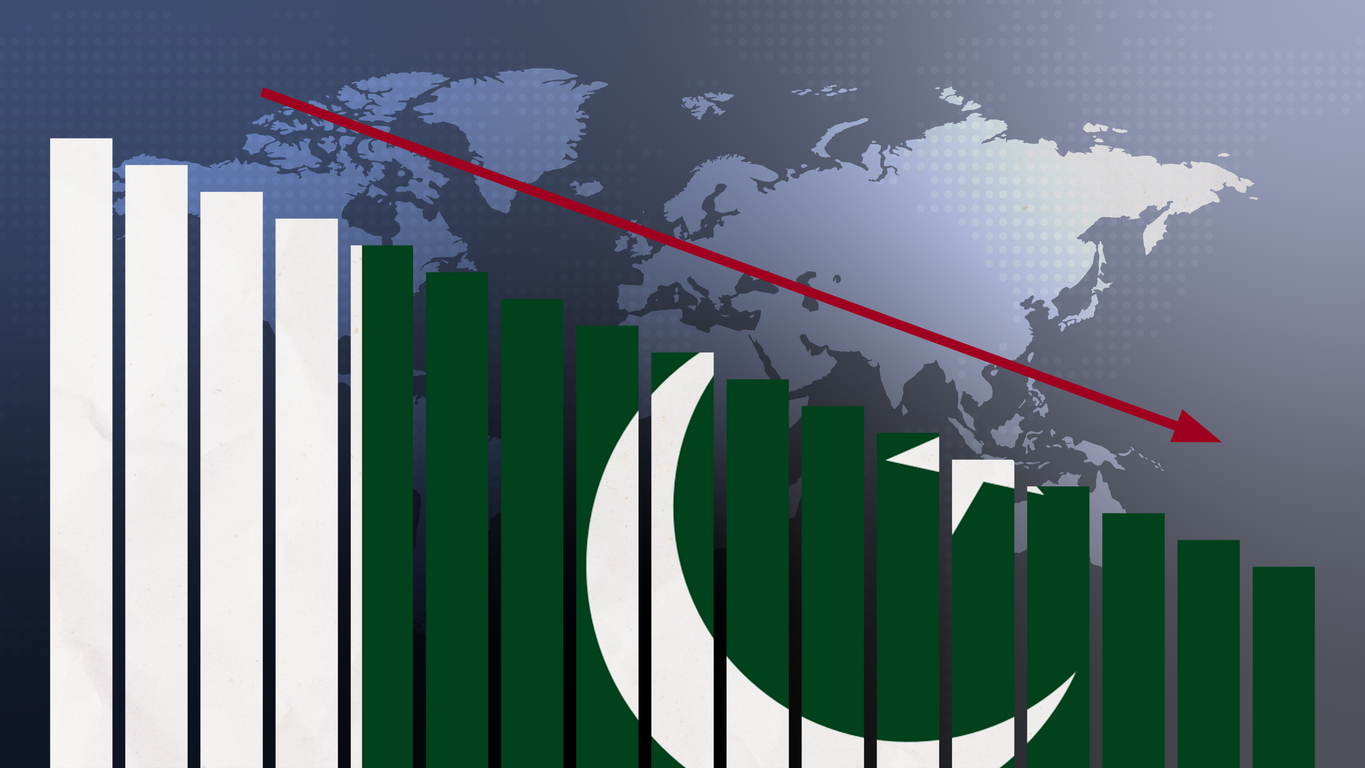
The global economic scene has faced significant turbulence since the COVID-19 pandemic, impacting economies around the world. Pakistan being no exception, felt the weight of this slowdown, grappling with own economic and political impediments. In yester years, the decline in global growth and rising political instability have cast long shadows over Pakistan’s economic outlook. Yet, amidst such challenges, the country has shown remarkable resilience and strategic foresight. Recent developments, including the Government’s coordinated efforts and military support through initiatives like the Special Investment Facilitation Council (SIFC), offer a glimpse of a potential turnaround. Pakistan appears to be charting a course towards a more stable and prosperous economic future.
One of the most significant recent developments has been the International Monetary Fund’s (IMF) approval of a US $7 billion Extended Fund Facility (EFF) program for Pakistan. This 37-month program, set to be reviewed by the IMF Board on September 25th, 2024, represents a crucial step towards stabilizing the economy. The IMF’s endorsement reflects Pakistan’s progress in meeting the conditions laid out under the previous Stand-By Arrangement (SBA). This progress is evident in improvements in key economic indicators like GDP growth and inflation rates. Ms. Julie Kozack, an IMF spokesperson, has emphasized that the success of the EFF program largely hinges on Pakistan’s adherence to the agreed-upon conditions. If the country can meet IMF’s requirements, it could lead to sustainable growth, job creation, and better opportunities for its young population. This endorsement provides a glimmer of hope that Pakistan is on the path to greater economic stability and growth.
However, Pakistan’s path to recovery is still not a smooth curve. The political instability that has plagued the country, compounded by the global economic downturn has induced additional challenges. The current political climate retains the potential to undermine economic progress. Despite such issues, Prime Minister of Pakistan Shehbaz Sharif and his administration are working diligently to address these concerns. Sharif’s proactive approach in meeting the IMF’s conditions and his optimistic outlook on the country’s future are promising signs.
A noteworthy element of Pakistan’s economic revival strategy involves the institutionalized role of military and the creation of the SIFC. This initiative highlights a unified approach of civil and military tentacles enhancing economic stability and attracting investment. By harnessing the strengths of both for sectors, SIFC aims to streamline economic policies and facilitate investment, reflecting a coordinated effort to tackle the country’s economic challenges.
In addition to these strategic moves, the State Bank of Pakistan has recently made headlines by significantly lowering the interest rate. The rate has been cut by 200 basis points taking it to 17.5%, a move directly linked to the easing of inflation and emerging signs of economic recovery. This decision follows the IMF’s approval of a US $3 billion SBA in July, 2023, which had led to higher taxes and electricity prices. The interest rate cut is expected to support economic stability by making the borrowing more affordable besides encouraging economic activity. By reducing the borrowing costs, the State Bank aims to stimulate investment and consumer spending, which are essential for revitalizing the economy. This measure is anticipated to play a crucial role in stabilizing the economic environment and providing a much-needed boost at a time when challenges persist.
As Pakistan navigates this complex economic and political landscape, recent developments mark a critical juncture for its future. The IMF’s endorsement, combined with the interest rate reduction and strategic military involvement, provides a hopeful outlook amidst global uncertainties. These actions demonstrate a concerted effort to address Pakistan’s challenges and lay the groundwork for a more stable and prosperous economic trajectory. However, the effectiveness of such measures depends on the implementation of policies and the management of ongoing political instability. For Pakistan to achieve long-term stability and growth, both the Government and the military, will need to work together for sustained direction and clear focus to ensure that the reforms and strategies become successful. Consistent execution and effective management will be essential for improving living standards and fostering sustainable growth. Looking ahead, the coming months will be crucial in assessing the impact of these developments on Pakistan’s economic landscape. The collective efforts of the Government, military, and international partners remain vital in shaping the nation’s economic future. Despite the current challenges, Pakistan’s recent steps reflect a determined effort to overcome obstacles and move towards a more prosperous future. With ongoing commitment and strategic planning, the country is well-positioned to navigate through these uncertainties and achieve lasting economic stability and growth.
